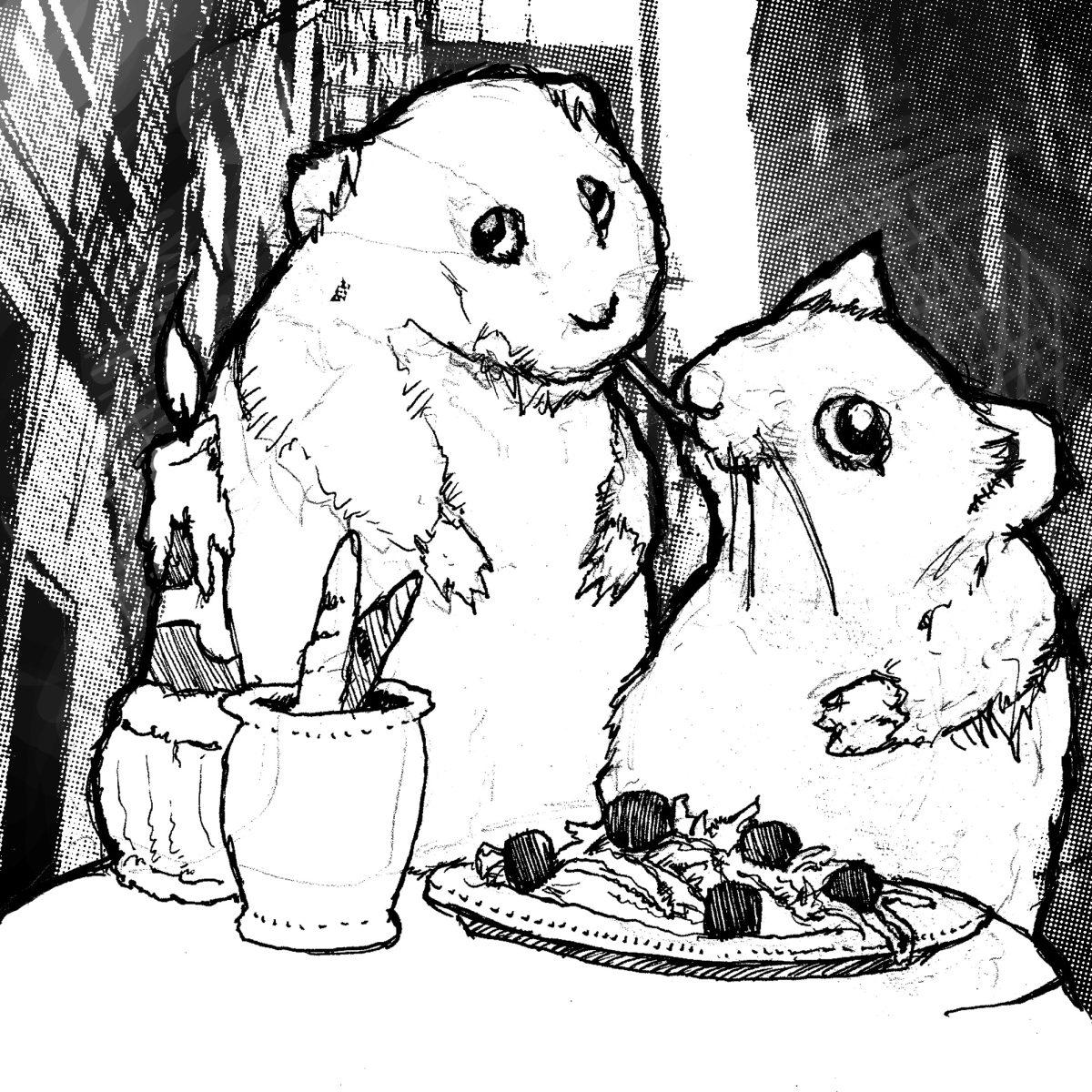Some things may never be understood by science. However, with the help of two unassuming rodents, love may not be one of them.
Lisa McGraw, an assistant professor of biology, studies and compares the neurotransmitters of prairie voles, monogamous mouse-like creatures, and their promiscuous cousins, meadow voles. McGraw’s research delves into the biological factors influencing attraction and partnership, and voles have proven to be the model organisms to study.
“We can use these animal models to begin to understand the genetic and neurobiological basis of love and attraction,” McGraw said. While conclusions made about the voles’ relationships won’t translate directly to humans, they can be used to hypothesize about the science behind our emotions.
Endocrinologists, experts of hormones and their physiology, have found vasopressin and oxytocin are the two main neurotransmitters that distinguish between the personalities of voles. Neurotransmitters are chemicals that communicate between nerve cells, or neurons. There are dozens of neurotransmitters, and they control everything from the excitation of our muscles, to how we experience pleasure, to how we stay motivated. Each neurotransmitter is also associated with a corresponding receptor. The transmitters are like the keys to the receptors’ locks, and the “unlocking” of the receptors prompts a biological action. Vasopressin and oxytocin, present in all vertebrates, including humans, neurologically facilitate emotional attachment.
While promiscuous and monogamous voles both have vasopressin and oxytocin, the corresponding neurotransmitter receptors to these chemicals are located in different parts of their brains. McGraw and other researchers have determined this slight difference is what influences the voles’ behavior.
Dopamine, another neurotransmitter, functions in the process of forming and maintaining pair-bonds, close types of courtships. Dopamine is associated with pleasure and is released when animals undergo social interactions.
“A lot of people have likened forming a social bond to an addiction, almost,” McGraw said.
Promiscuous voles experience pleasure when they form pair-bonds, while monogamous voles’ stimulate their dopamine neurological circuitry when they maintain their pair-bonds. Because dopamine is associated with what neurologists call the reward system, it strongly influences and incentivizes certain behaviors, sometimes even to the point of addiction.
Researchers are now using genetic techniques to manipulate where receptors are expressed in voles’ brain anatomy to study their behavior differences. Through this process they have been able to create monogamous meadow voles and cause the normally faithful prairie voles to look for multiple mates.
While less is known about human oxytocin and vasopressin receptors, it is hypothesized that we function in a similar way.
“We do, however, know that we do have the same neurotransmitters, vasopressin and oxytocin, and the same receptors for them,” McGraw said. “There are some genetic elements that humans have that have been associated with pair-bonding.”
However, McGraw said genetics are not the “say all, end all” for our relationships. We also learn through experience and social constructs — for example, cultural norms determine a lot about the nature of that society’s relationships.
“There is likely to be a genetic basis to a lot of the variation we see, but we know that the environment is going to play a big influence,” McGraw said. “So I don’t think that we’re genetically wired to be monogamous or promiscuous necessarily.”
This is not just because we learn to go against our genetic natures to please society—how we are raised actually has an influence on which genes we express, a field of study called epigenetics.
Because only about 10 percent of our DNA codes for proteins and is expressed, it was suggested in the past that the other 90 percent was “junk DNA.” However, researchers are now discovering this “junk DNA” does have a purpose: Based on an organism’s experiences, “junk DNA” will tell functional DNA which proteins to produce. This means our experiences and choices modify our DNA expression, according to John Godwin, an associate professor of biology who studies sex-changing fish.
McGraw cited studies in which rats that groomed their pups, which was a genetic trait, were given baby rats that were genetically predisposed to not groom their pups. However, as their foster mothers groomed them, the baby rats learned from experience and began to express different genes. When they had pups of their own, the majority of them also groomed their pups.
“Offspring end up to be like their moms — the moms that raised them,” McGraw said. “If a … mom is grooming her baby, that is causing epigenetic changes in the oxytocin receptor.”
McGraw found some voles develop the opposite relationships, defying their genetic predispositions. This is still not understood, and researchers have now mapped the genomes of the two types of voles to find where genetic variations occur.
“Complex behavior is, as you might expect, complicated,” Godwin said.
Nevertheless, researchers are getting closer to understanding the science of attraction. While some may find that idea frightening, Godwin stands behind behavioral research.
“We’re really more aimed at understanding processes in order to help those people, who, because of their genetic inheritance or experience, really suffer in life,” Godwin said. “Some of the things I think people might think of as taking away from ‘the magic of experience,’ if you will, it’s very practical. Think about that person who can’t feel it. Many neuropsychiatric disorders are deprived from the ability to feel that.”
Though many would like to think of love as an ethereal experience, scientists and lowly rodents are reminding us that in the end, there has to be some chemistry.








